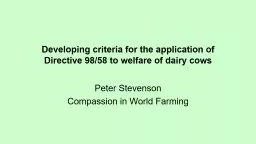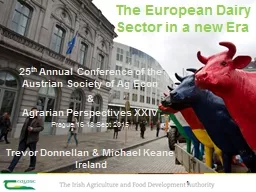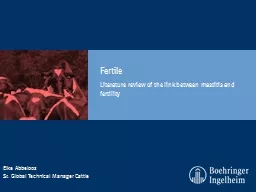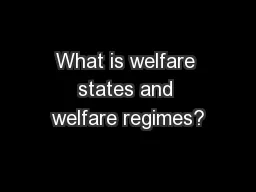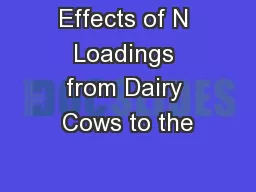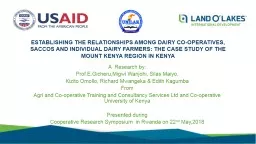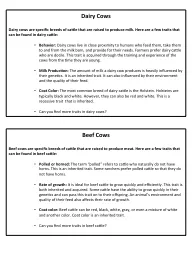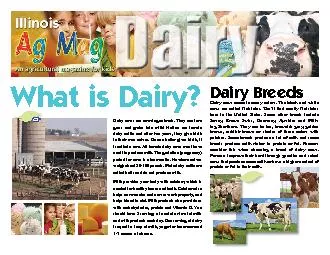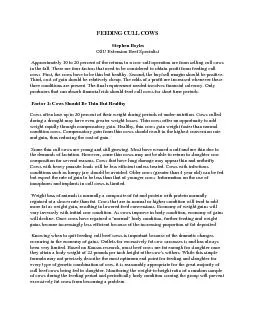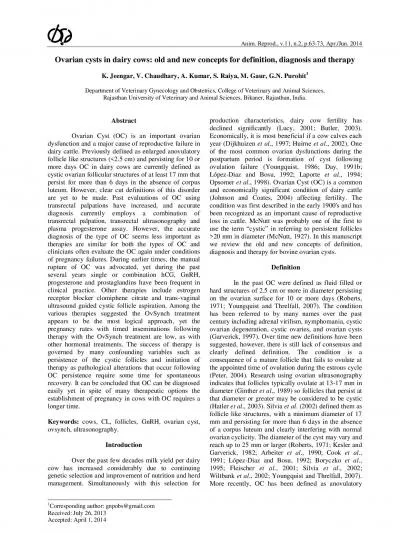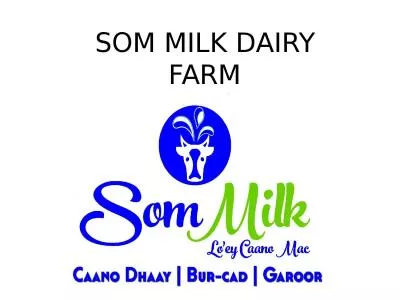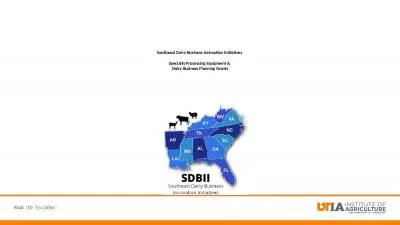PPT-Developing criteria for the application of Directive 98/58 to welfare of dairy cows
Author : dudeja | Published Date : 2020-11-06
Peter Stevenson Compassion in World Farming New report for EP Petitions Committee on animal welfare by DG for Internal Policies Author Prof Donald Broom The report
Presentation Embed Code
Download Presentation
Download Presentation The PPT/PDF document "Developing criteria for the application ..." is the property of its rightful owner. Permission is granted to download and print the materials on this website for personal, non-commercial use only, and to display it on your personal computer provided you do not modify the materials and that you retain all copyright notices contained in the materials. By downloading content from our website, you accept the terms of this agreement.
Developing criteria for the application of Directive 98/58 to welfare of dairy cows: Transcript
Download Rules Of Document
"Developing criteria for the application of Directive 98/58 to welfare of dairy cows"The content belongs to its owner. You may download and print it for personal use, without modification, and keep all copyright notices. By downloading, you agree to these terms.
Related Documents

